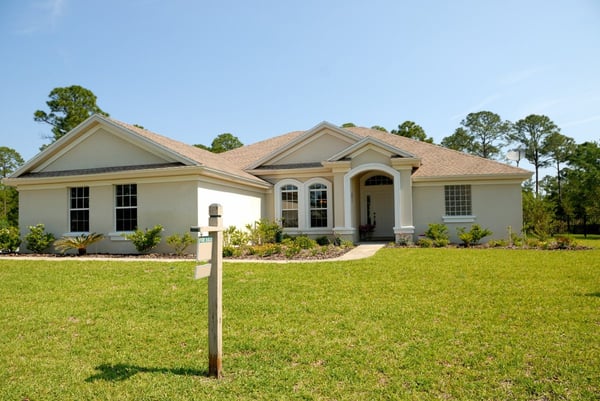As a builder, you likely have a pretty good idea of the type of build your business is good at completing. You have a process that works and understand how to market to the customers you want to attract. But if you’re new to the construction game or you want to invest in construction projects for the first time, there’s a lot to learn. The construction industry has a lot of moving pieces. Before you can break into the industry or invest in a new project, you need to understand what you are getting into. In this article, we will help you understand custom vs. semi-custom builds. This will help you determine which type of build is appropriate for you next project.
Custom Build
The word custom can be used loosely but in the strict sense it is a project in which the customer (and/or the customer’s architect) make all design decisions. Sam Rodgers Homes defines it like this, “A custom home project is where the buyer works directly with the builder to design, plan, budget, and hand-select each and every detail of [the] home from the construction, layout, and finish. ... A custom home is just that–custom. It is perfectly tailored to your [customer's] unique style and preferences.”
If your customer is the type of person who enjoys planning and picking out every last thing, potentially down to the nails in the studs, this is the route for you.
When embarking on a custom build, be sure to properly prepare your client, and have patience. Custom homes take longer than any other type of build. As the nature of custom build is not speculative, the risk to the builder should be lower but it can be much more time intensive with a customer so closely involved than if the builder did a speculative project or a semi-custom build as described in the next section.
Semi-Custom Build
Semi-custom builds are a great option for a lot of people. The idea is that the buyer can still customize portions of their home. This could be the buyer merely deciding on the kitchen countertop after being present with three different options by the builder or it could mean lots of important decisions are handled by the buyer. Generally though, the floor plan has already been decided by the builder. Spartan Homes Inc. defines it perfectly, “Semi-custom is simply taking a set of plans or another house for inspiration and adapting it ... without starting from scratch.”
There are many benefits to building this way. Customers get to choose their own designs, so even though it’s not a fully custom home, they still have options to choose a floorplan and design features that suit their needs. This type of build saves time and money. When you choose to create semi-custom homes as part of your business plan, you can order materials in bulk, lowering the cost. Because the floor plans are standard to you, you become efficient at building them, so projects are completed faster. Customers still have design choices and semi-custom homes are typically in developments which offer community options like playgrounds.
When first getting into construction or investing in building, it can be difficult to know which direction to take. Knowing the difference between the custom and semi-custom building is the first step in making that decision. Both types of builds offer opportunities to showcase your customers’ personalities and character.
There are a couple of important notes to make about custom and semi-custom builds. One, a custom home is sold before building starts. It's not a project you start and then look for a buyer, the buyer drives the design, so they are involved from the beginning of the project. Two, investors looking into semi-custom homes in a development may want to start the process slowly. Buyers may expect to be involved in designing the home, and you may expect to have a committed buyer before starting construction.

Recent Posts
- Spec Home Loans: Complete Guide to Construction Financing for Builders
- Spec Construction Loans: A Spec Line of Credit Is Worth the Paperwork
- Spec Homes and Pre-Sale Homes: Relative Benefits for a Spec Builder
- Spec Construction Success: Insights for the Investor Builder
- How Is a Spec House Different From Other Kinds of House Construction?
